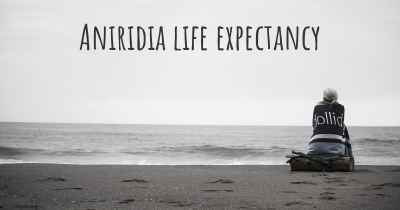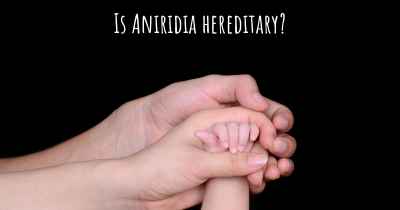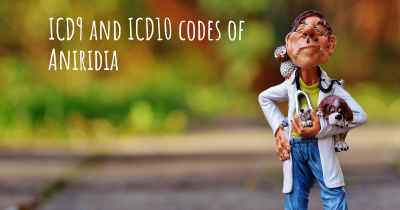What are the best treatments for Aniridia?
See the best treatments for Aniridia here

Treatments for Aniridia
Aniridia is a rare genetic disorder characterized by the partial or complete absence of the iris, the colored part of the eye. This condition can lead to various visual impairments and other associated complications. While there is no cure for aniridia, several treatments and interventions can help manage the symptoms and improve the quality of life for individuals with this condition.
1. Corrective Lenses
One of the primary treatments for aniridia is the use of corrective lenses, such as glasses or contact lenses. These lenses can help improve visual acuity and reduce the impact of refractive errors, which are common in individuals with aniridia. Corrective lenses can also address other vision problems like astigmatism or nearsightedness, providing clearer vision and enhancing daily activities.
2. Low Vision Aids
For individuals with severe visual impairment due to aniridia, low vision aids can be beneficial. These aids include magnifiers, telescopic lenses, and other devices designed to enhance visual function. Low vision specialists can assess the specific needs of each individual and recommend appropriate aids to maximize their remaining vision.
3. Surgical Interventions
In some cases, surgical interventions may be considered to address specific complications associated with aniridia. These procedures aim to improve visual function or manage related conditions. Some common surgical interventions for aniridia include:
- Corneal Transplant: Aniridia can cause corneal abnormalities, leading to reduced vision. Corneal transplant surgery involves replacing the damaged cornea with a healthy donor cornea, improving visual acuity.
- Cataract Surgery: Aniridia can increase the risk of developing cataracts at an earlier age. Cataract surgery involves removing the cloudy lens and replacing it with an artificial intraocular lens, restoring clear vision.
- Glaucoma Management: Aniridia is often associated with an increased risk of developing glaucoma. Surgical procedures, such as trabeculectomy or tube shunt implantation, can help manage intraocular pressure and prevent further damage to the optic nerve.
4. Pharmacological Treatments
Pharmacological treatments may be prescribed to manage specific complications or symptoms of aniridia. These medications aim to address associated conditions, such as glaucoma or dry eyes. Medications like topical lubricants, anti-glaucoma eye drops, or miotic agents can be prescribed to alleviate symptoms and prevent further deterioration.
5. Genetic Counseling
Genetic counseling plays a crucial role in the management of aniridia. As an inherited disorder, aniridia can be passed on to future generations. Genetic counselors can provide individuals and families with information about the condition, its inheritance pattern, and the likelihood of passing it on to offspring. They can also discuss available genetic testing options and reproductive choices to help individuals make informed decisions.
6. Visual Rehabilitation and Support
Visual rehabilitation programs and support services can greatly benefit individuals with aniridia. These programs focus on maximizing the use of available vision, enhancing daily living skills, and providing emotional support. Occupational therapists, orientation and mobility specialists, and low vision therapists can work together to develop personalized rehabilitation plans and provide ongoing support.
While there is no definitive cure for aniridia, a combination of these treatments and interventions can significantly improve the visual function and overall well-being of individuals with this condition. It is important for individuals with aniridia to work closely with a team of healthcare professionals, including ophthalmologists, genetic counselors, and rehabilitation specialists, to develop a comprehensive treatment plan tailored to their specific needs.
There is some research into possible way to ameliorate the effect for children.
Treatments may be possible for other conditions that people with aniridia are prone to, such as cataract, glaucoma, keratopathy and sleep disorders.
Posted Mar 5, 2017 by James 1205
Posted Mar 23, 2017 by KATHERINE HASLAM 1000
Posted Jan 30, 2019 by Rachel and Scarlett 1400
You can help the lenses dark to protect us from the clarity,the drops do not have dry eyes.
And if the disease has led to other grades to follow medical instructions.
Posted Jun 17, 2017 by Antonia 2501
Posted Sep 16, 2017 by Loana 1701








